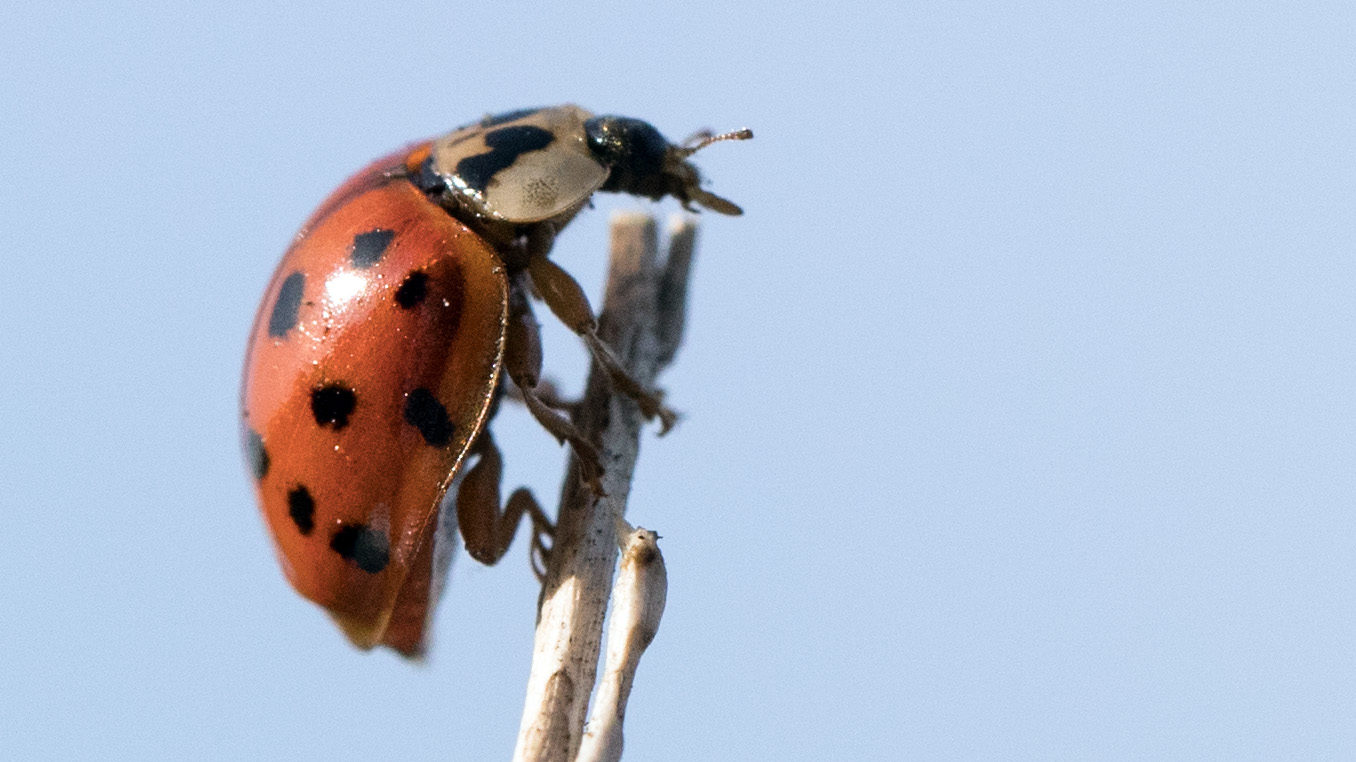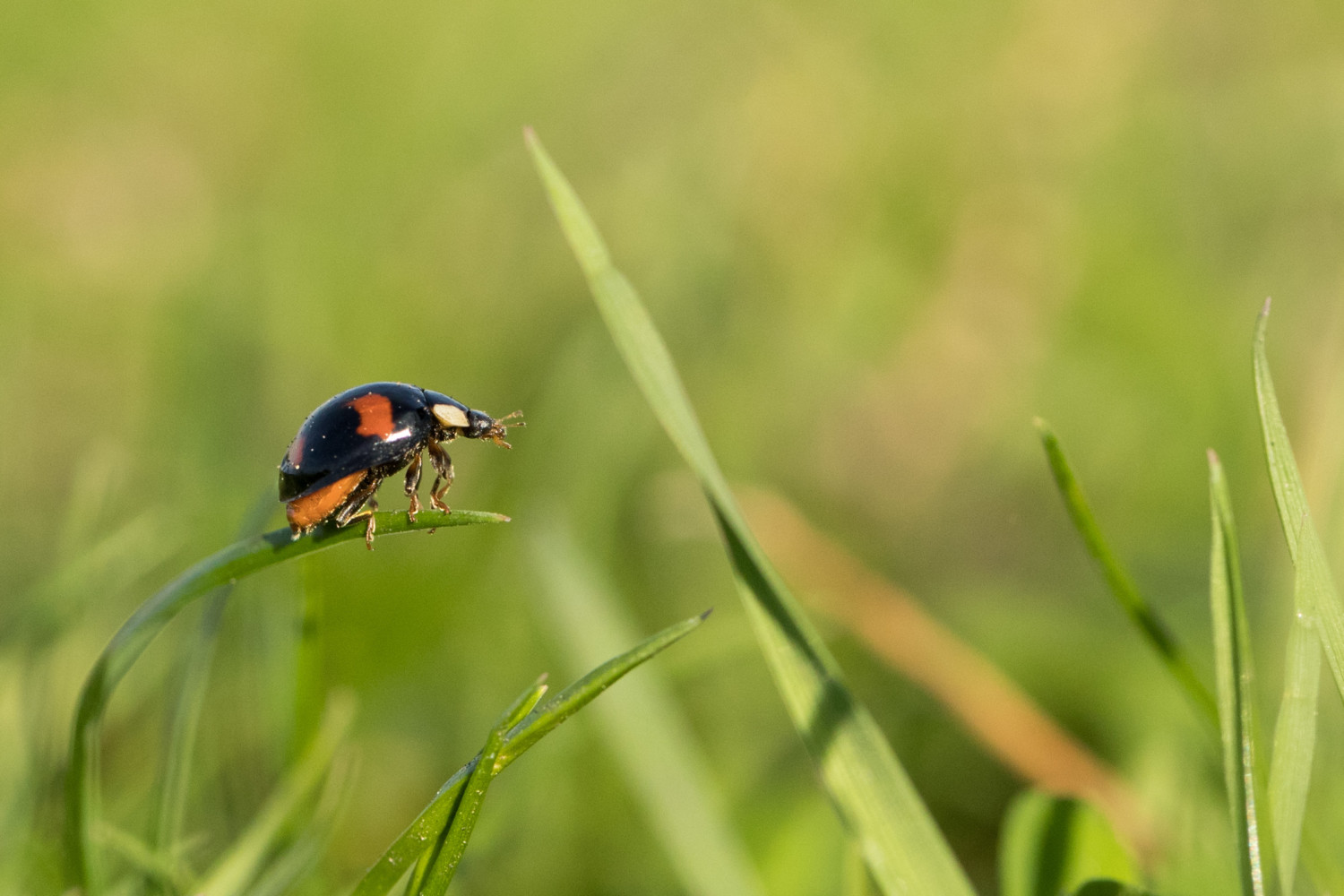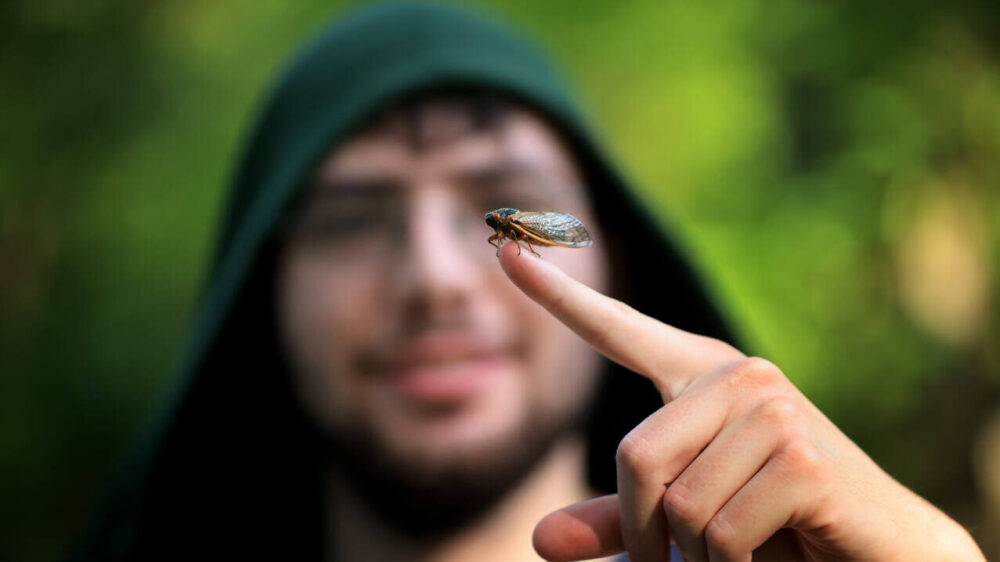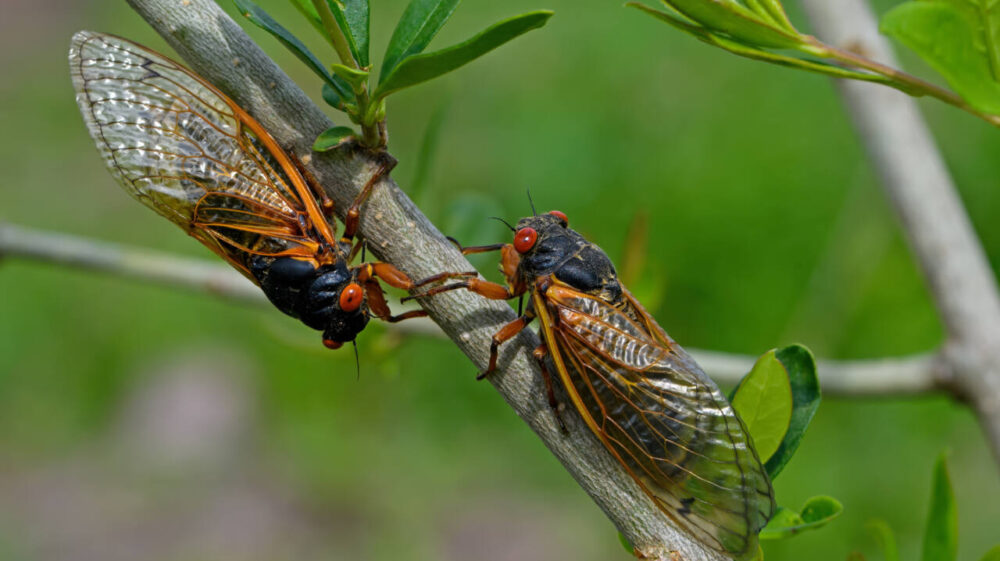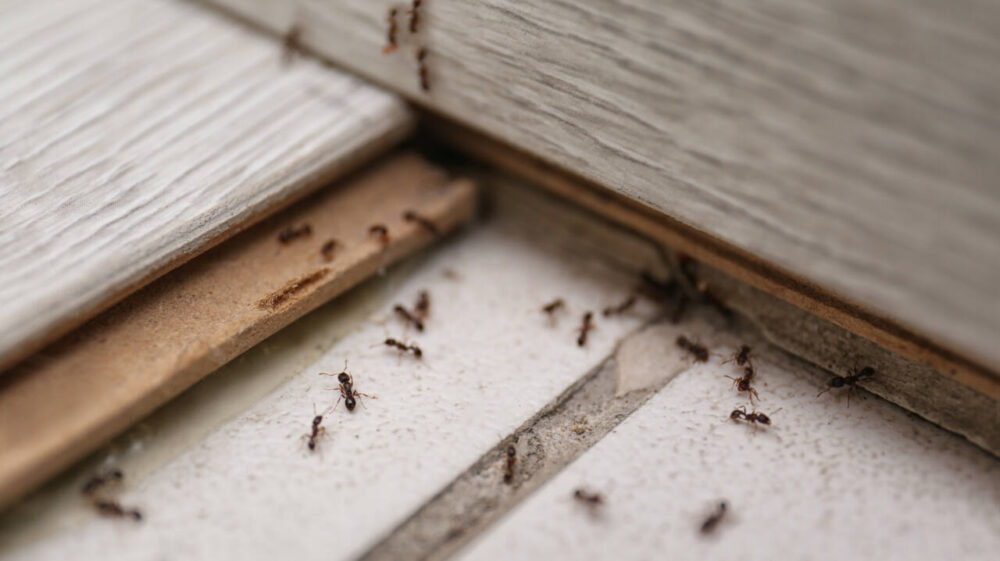This Swarm of ladybugs is so large it registered on the National Weather Service radar
On the night of June 4, a swarm of ladybugs was flying through San Diego County that was big enough to register on the National Weather Service’s radar. Although it looked like precipitation in the area, it was actually a “bloom” of ladybugs, according to meteorologists.
The service tweeted about the unusual phenomenon, writing, “The large echo showing up on SoCal radar this evening is not precipitation, but actually, a cloud of ladybugs termed a ‘bloom.'” They also posted a photo of how the swarm looked on the radar:
The large echo showing up on SoCal radar this evening is not precipitation, but actually a cloud of lady bugs termed a "bloom" #CAwx pic.twitter.com/1C0rt0in6z
— NWS San Diego (@NWSSanDiego) June 5, 2019
People were amazed that the swarm could be so dense, and the tweet quickly made rounds on the internet.
According to NWS San Diego meteorologist Joe Dandrea, from the radar, the bloom looked to be about 80 miles by 80 miles, but they weren’t actually clustered that close together. They were spread out and flying between 5,000 to 9,000 feet. The most concentrated mass was about 10 miles wide.
Beginning in the 1990s, the parent agency of the NWS, the National Oceanographic Atmospheric Administration, has used NEXRAD (Next-Generation Radar), and about a decade ago, these radars were upgraded with “Super Resolution,” which has allowed them to pick up all manner of non-weather-related activity. They can spot buildings, wind farms, birds and traffic as well as sunrise and sunset.
In fact, avid bird-watchers sometimes use radar to know when to head out to look for migrating birds that the might not see otherwise. And scientists at the Cornell Lab of Ornithology have been using radar to learn more about birds and their migration patterns for years.
Insects might seem too small to show up on radar, but they’re not — they’re picked up alongside birds and even bats, and it’s not uncommon.
Another huge swarm of bugs was spotted via radar over southern Indiana and western Kentucky in May 2019.
“This is actually something you’ll see pretty often,” Ari Sarsalari, a meteorologist for The Weather Channel, told NBC News.
He explained that with clear skies and cooling temperatures at the surface, there is still warm air above it, which is called an “inversion.”
“And that’s where all the birds and all the bugs and all that stuff are — they don’t go above that layer,” he said.


